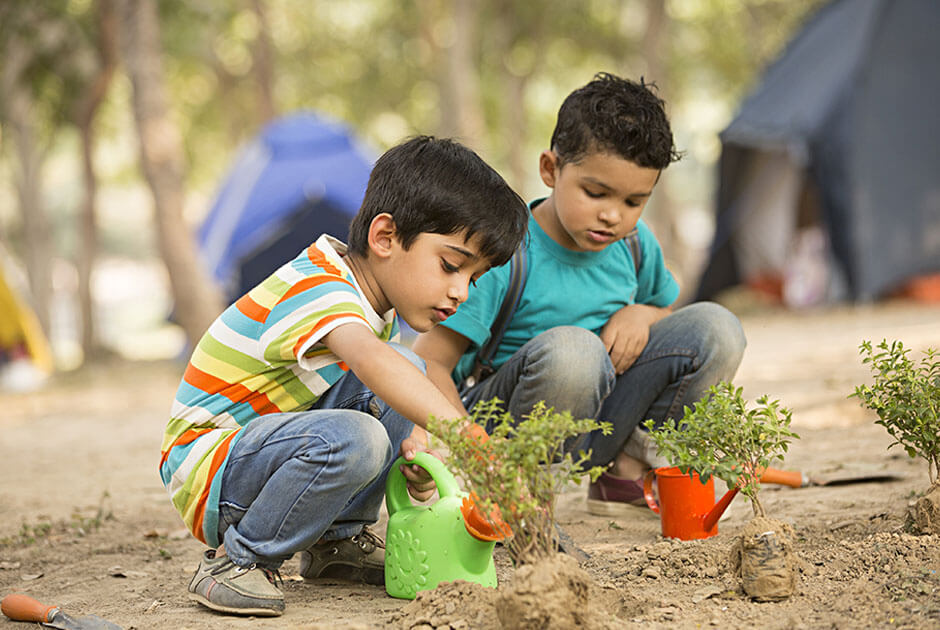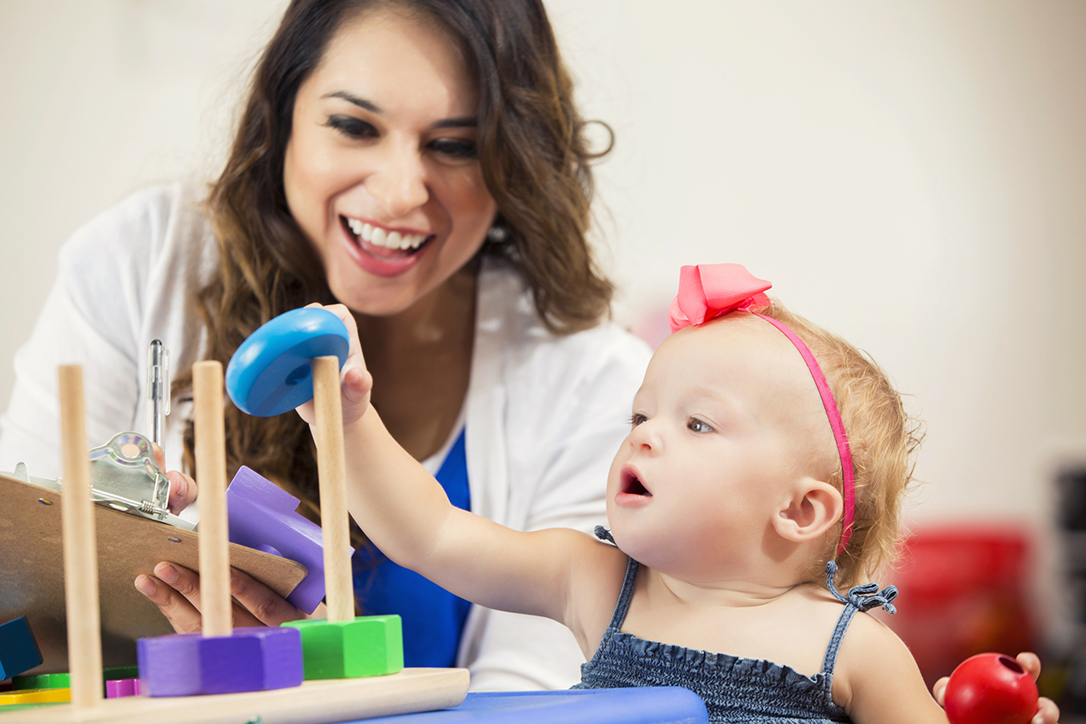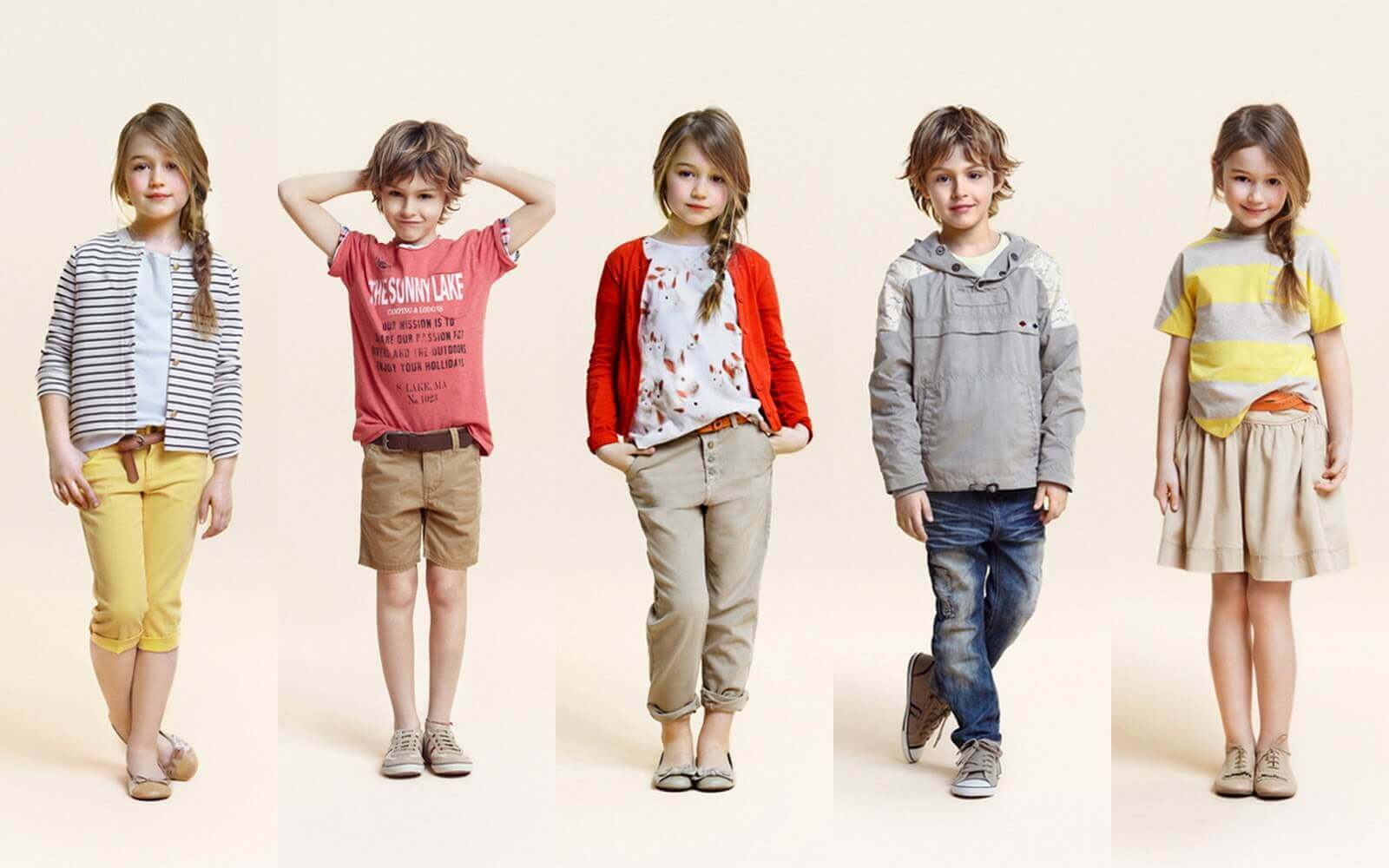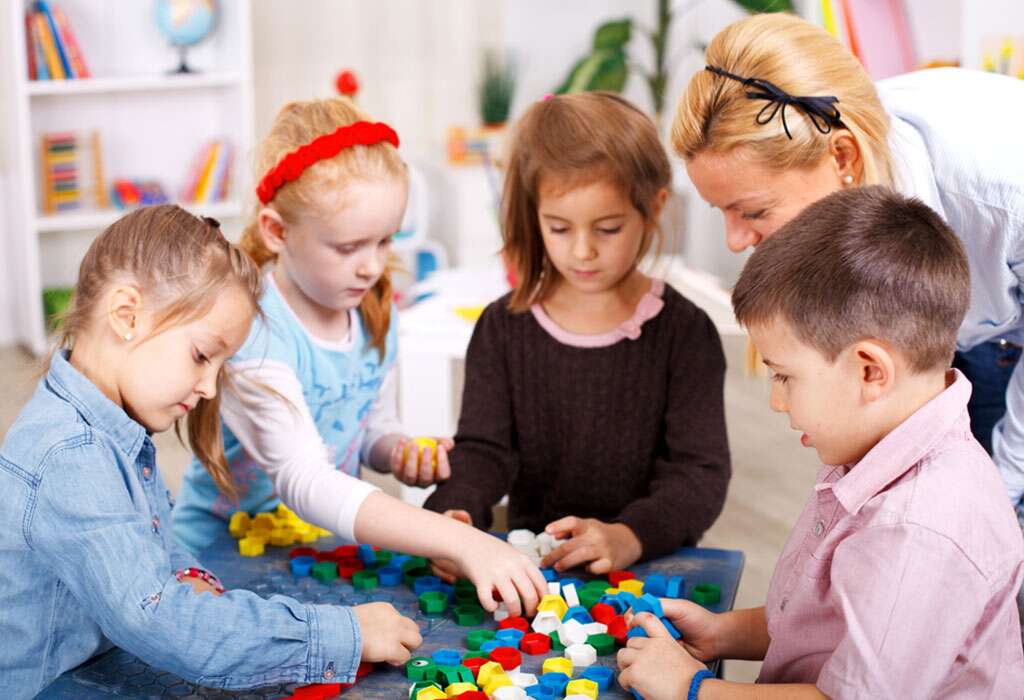In today’s fast-paced, technology-driven world, encouraging children to remain physically active is becoming increasingly important. With the rise of digital entertainment and sedentary lifestyles, fostering a sense of physical activity in children requires intentional effort. Parents and caregivers can play a pivotal role in guiding kids toward an active lifestyle, not only for their health but for their overall well-being. Below are effective strategies to help encourage children to stay active and develop lasting habits.
1. Make Physical Activity Fun and Enjoyable
The most effective way to engage children in physical activity is by making it fun. When children associate exercise with enjoyment, they are more likely to partake in it regularly. Consider incorporating games that promote movement, such as tag, hide-and-seek, or scavenger hunts. These activities can be tailored to suit both indoor and outdoor environments, keeping the energy levels high while simultaneously making exercise enjoyable.
Sports and active games like basketball, soccer, or swimming are also great options, as they combine physical activity with social interaction, fostering both teamwork and coordination. Choose activities that match your child’s interests—whether that be dancing, martial arts, or cycling—and encourage their participation with positive reinforcement.
2. Set a Positive Example
Children often model their behavior after their parents or caregivers. If they observe their family members engaging in physical activity, they are more likely to adopt similar habits. Leading by example is one of the most powerful ways to influence a child’s attitude toward exercise.
Participating in regular physical activities together, such as family walks, weekend hikes, or even yoga sessions, can foster a sense of shared experience and help children develop a positive association with staying active. Show enthusiasm for these activities, as children are more likely to get involved if they see their parents enjoying themselves.
3. Create a Routine
Establishing a routine helps children understand that physical activity is an essential part of their daily lives. By incorporating exercise into their schedule, children will naturally come to expect it and view it as part of their day, just like eating meals or going to school.
Try to set aside a specific time each day for physical activity, whether it’s a morning stretch or an after-school playtime. A routine ensures consistency, making it easier for children to stay engaged in their activities. Additionally, it helps instill discipline and shows the value of making time for exercise amidst their other responsibilities.
4. Encourage Social Interaction Through Group Activities
Children thrive in social environments, and when exercise is combined with socializing, they are more likely to stick with it. Signing your child up for group sports or extracurricular activities like gymnastics, dance classes, or a local swimming club can help them stay motivated.
Engagement with peers fosters friendly competition, camaraderie, and a sense of community, all of which can make staying active more enjoyable. Children are more inclined to stay consistent when they feel a sense of belonging and can share experiences with friends.
5. Limit Screen Time and Encourage Active Alternatives
The increasing prevalence of screens in children’s lives, from tablets and smartphones to televisions and video games, has contributed to a more sedentary lifestyle. To encourage physical activity, it’s important to limit screen time and offer alternative activities that require movement.
Instead of spending hours watching TV or playing video games, suggest fun, interactive activities that promote physical movement. Outdoor games like frisbee, kite flying, or riding a scooter are great alternatives. These activities not only help children stay active but also encourage them to engage with their surroundings and explore new experiences.
6. Make It About Progress, Not Perfection
While it’s essential to encourage physical activity, it’s equally important to help children focus on progress rather than perfection. Setting achievable goals, whether it’s running a certain distance, learning a new skill, or mastering a dance routine, can provide a sense of accomplishment.
Encourage your child to take pride in their progress, no matter how small. Celebrate milestones, whether it’s their first successful bicycle ride without training wheels or completing a marathon for their age group. This focus on achievement over perfection builds self-esteem and motivates them to keep moving forward.
7. Allow for Flexibility and Freedom
Sometimes, rigid structures can take the fun out of physical activity. Allow children the freedom to choose how and when they stay active. Whether they prefer jumping on a trampoline, skating with friends, or practicing yoga in their room, giving them the flexibility to pick activities they enjoy ensures they will stick with them.
It’s important to acknowledge that every child is different, and their preferences may change over time. Offering a variety of physical activities and allowing children to explore them independently gives them the agency to discover what truly excites them.
8. Reward and Reinforce Positive Habits
Positive reinforcement is a powerful tool for encouraging children to stay active. When they demonstrate consistency or reach a goal, acknowledge their efforts with praise, rewards, or recognition. These affirmations reinforce the value of staying active and can build lasting habits.
Rewards need not be material. Compliments, certificates of achievement, or even a special outing can serve as incentives. The key is to make the reward meaningful to the child while maintaining a focus on the intrinsic benefits of staying active.
9. Create an Active Environment
A child’s environment plays a significant role in their motivation to stay active. A home filled with opportunities for physical activity can inspire kids to be more active without the need for constant supervision.
Ensure your home has access to active toys like jump ropes, balls, or an area where children can run or practice their skills. Outdoor spaces such as backyards, parks, or nearby trails can also serve as great locations for exercise and exploration. An active environment makes physical activity feel like an everyday part of life rather than a chore.
10. Foster a Love for Nature and the Outdoors
Spending time outdoors not only provides fresh air and sunshine but also allows children to connect with nature while staying active. Hiking, nature walks, or simply playing outside can be enriching experiences that combine physical activity with environmental appreciation.
Nature has a way of drawing children in, and the freedom to explore natural surroundings promotes curiosity and creativity. It also provides an opportunity to engage in various physical activities, from climbing trees to swimming in lakes, all while enjoying the beauty of the outdoors.
Conclusion
Encouraging children to stay active requires creativity, consistency, and patience. By incorporating fun, social, and flexible activities into their daily lives, fostering positive habits, and leading by example, you can help children develop a lifelong appreciation for physical activity. A balanced approach that combines exercise with enjoyment will nurture their physical, mental, and emotional well-being, setting them up for a healthy future.













